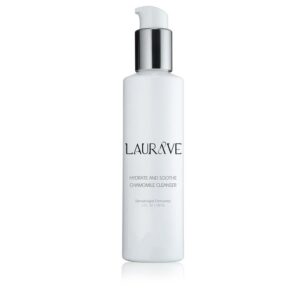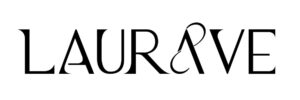- Ingredients
- Glycolic Acid
GLYCOLIC ACID
This ingredient ranks as the most popular of all the anti-aging ingredients, and with good reason. It is one of the AHAs, and a big part of its popularity is based on effectiveness — to which most glycolic acid users will attest.
Studies from Dr. Eugene Van Scott at the Temple University Department of Dermatology have proven glycolic acid to be a very effective skin rejuvenator, working to exfoliate almost immediately. Because it is such a good exfoliant some people think that it will somehow thin out their skin. This fear is not based in reality.
Exfoliants do thin the dead outermost layer of the skin, the stratum corneum. And in removing significant amounts of this dead cell layer, people who use glycolic acid products notice a new “glow” to their skin. This reported glow is explained by the fact that dead cells no longer cover the living cells, and so the skin surface looks more radiant. What’s more, the living epidermal cell layer will thicken over time, further restoring a more youthful appearance to the skin.
Over time, skin to which glycolic acid products are applied will also start to make new collagen, elastin, and hyaluronic acid. Sometimes the cosmetic improvement to the epidermal layer from use of glycolic acid products is significant within days, but the dermal changes—like reduction in the appearance of fine lines — usually takes at least two weeks.
Our glycolic products have a lower pH level than most retail brands. The pH level by itself is an independent factor influencing how effective at anti-aging a product will be. One study, published in 1993 by Dr. Walter Smith, a well-respected independent cosmetic chemist, showed that for every drop of 2 in the pH level, the increase in cell turnover rate (one measurement of skin rejuvenation) was about 30%. If your doctor has a product with a pH of 4 (doctor’s products generally have pH’s around 3.5) and a store brand has a pH of 6, you can expect about a 30% greater results from the doctor’s product solely based on the more acidic nature alone.
And, if you really improve with at-home glycolic products, you can always consider getting an in-office glycolic treatment (which will have a higher percentage of glycolic and a lower pH) at a dermatologist’s office. For example, many in-office glycolic products that are applied and then washed off –in the form of glycolic peel, will have pH’s closer to 1 to 2, so you can expect a much more dramatic improvement in the glow of your skin, unclogging of pores and lessening of rough texture and excess pigment build-up after some in-office glycolic treatments
 HYDRATE AND SOOTHE CHAMOMILE CLEANSER
HYDRATE AND SOOTHE CHAMOMILE CLEANSER 